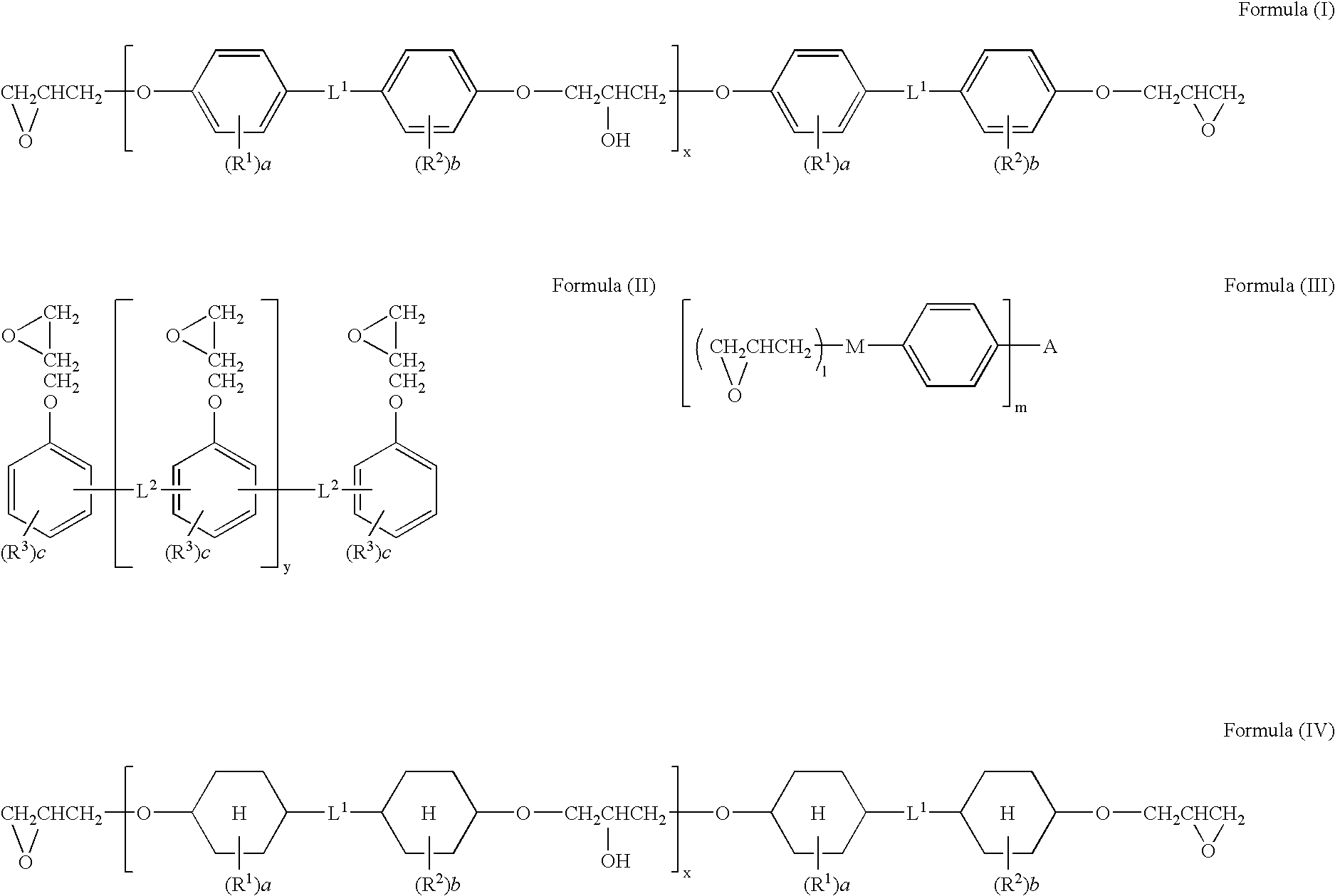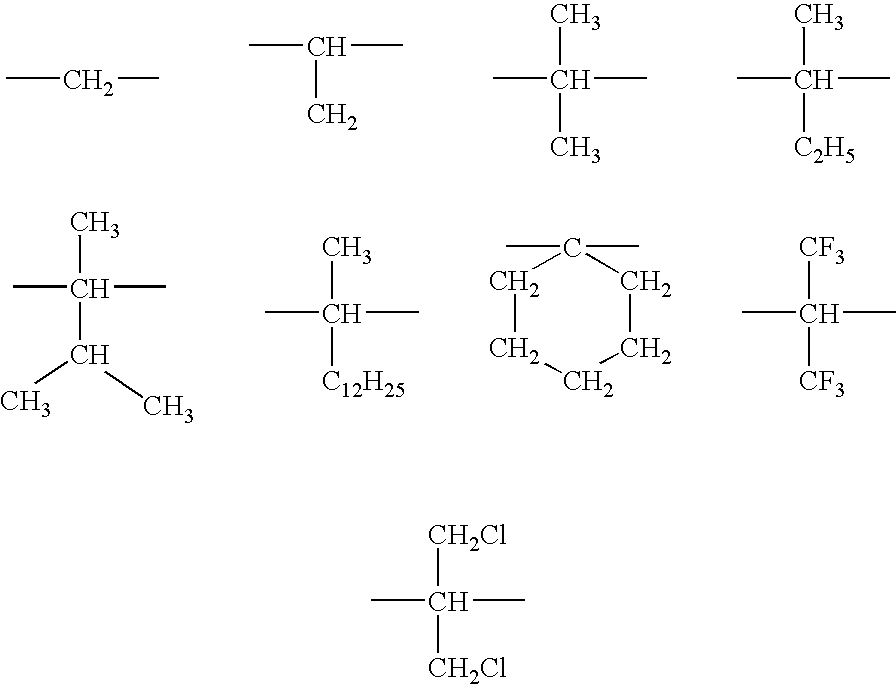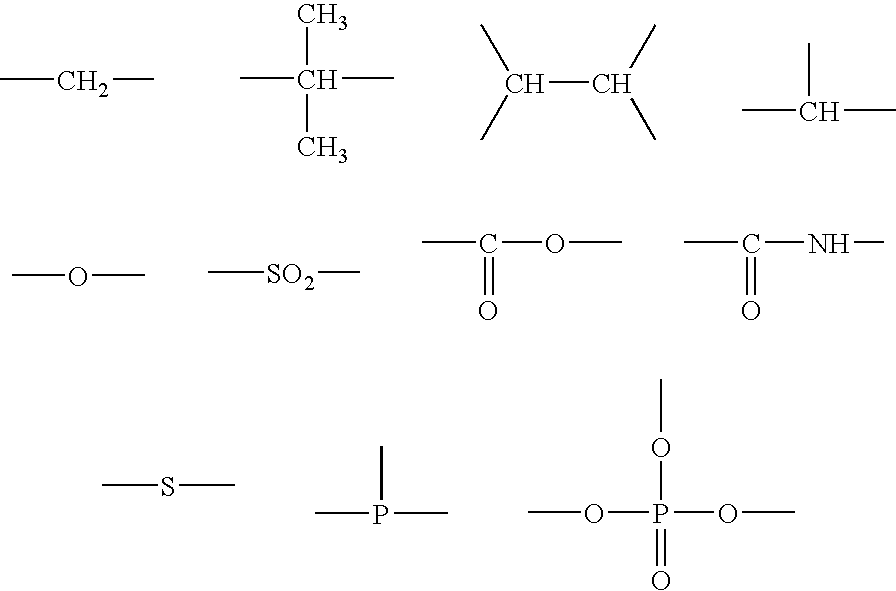Cellulose Ester Film. Polarizing Plate and Liquid-Crystal Display Device
a technology of cellulose ester film and polarizing plate, which is applied in the direction of cellulosic plastic layered products, polarising elements, instruments, etc., can solve the problems of reducing polarization, deformation, and deterioration of image quality, and achieves low water vapor permeability, less apt to cause deterioration of planarity, and less apt to absorb moistur
- Summary
- Abstract
- Description
- Claims
- Application Information
AI Technical Summary
Benefits of technology
Problems solved by technology
Method used
Image
Examples
example 1
Preparation of Cellulose Acetate Solution
[0137]The following composition was charged into a mixing tank and stirred to dissolve individual components, whereby a cellulose acylate solution A was prepared.
Cellulose acetate having a degree of100.0parts by massacetyl substitution of 2.92Triphenyl phosphate8.0parts by massBiphenyl phosphate4.0parts by massTINUVIN 1090.5part by massTINUVIN 1710.5part by massUVT-50.5part by massMethylene chloride (first solvent)400.0parts by massEthanol (second solvent)60.0parts by mass[Preparation of Mat Agent Solution]
[0138]The following composition was charged into a dispersing machine and stirred to dissolve individual components, whereby mat agent solution was prepared.
Silica particles having a mean particle2.0parts by masssize of 16 nm (AEROSIL R972, manufacturedby Japan Aerosil K.K.)Methylene chloride (first solvent)72.4parts by massEthanol (second solvent)10.8parts by massCellulose acetate solution A10.3parts by mass[Preparation of Epoxy Compound S...
example 2
[0153]The sample A-1 of the invention obtained in Example 1 was immersed in a 1.5N sodium hydroxide aqueous solution at 55° C. for 2 minutes. The sample was washed in a washing water bath at room temperature and then neutralized with 0.1N sulfuric acid at 30° C. The sample was again washed in a washing water bath at room temperature and further dried at 100° C.
[0154]Thus, the surface of the sample A-1 was saponified.
[0155]Subsequently, a roll-shaped polyvinyl alcohol film having a thickness of 80 μm was continuously stretched five times in an aqueous iodine solution and then dried to obtain a polarizer. Using a 3% aqueous solution of polyvinyl alcohol (PVA-117H manufactured by Kuraray Co., Ltd.) as an adhesive, two sheet of the sample A-1 subjected to alkali saponification were attached via the polarizer put therebetween to obtain a polarizing plate P-1, two faces of which were protected by the sample A-1.
[0156]Similarly, using the samples A-2 to A-17, B-2, B-11, C-2, C-11, D-2, D-1...
PUM
| Property | Measurement | Unit |
|---|---|---|
| wavelength | aaaaa | aaaaa |
| wavelength | aaaaa | aaaaa |
| particle size | aaaaa | aaaaa |
Abstract
Description
Claims
Application Information
 Login to View More
Login to View More - R&D
- Intellectual Property
- Life Sciences
- Materials
- Tech Scout
- Unparalleled Data Quality
- Higher Quality Content
- 60% Fewer Hallucinations
Browse by: Latest US Patents, China's latest patents, Technical Efficacy Thesaurus, Application Domain, Technology Topic, Popular Technical Reports.
© 2025 PatSnap. All rights reserved.Legal|Privacy policy|Modern Slavery Act Transparency Statement|Sitemap|About US| Contact US: help@patsnap.com



